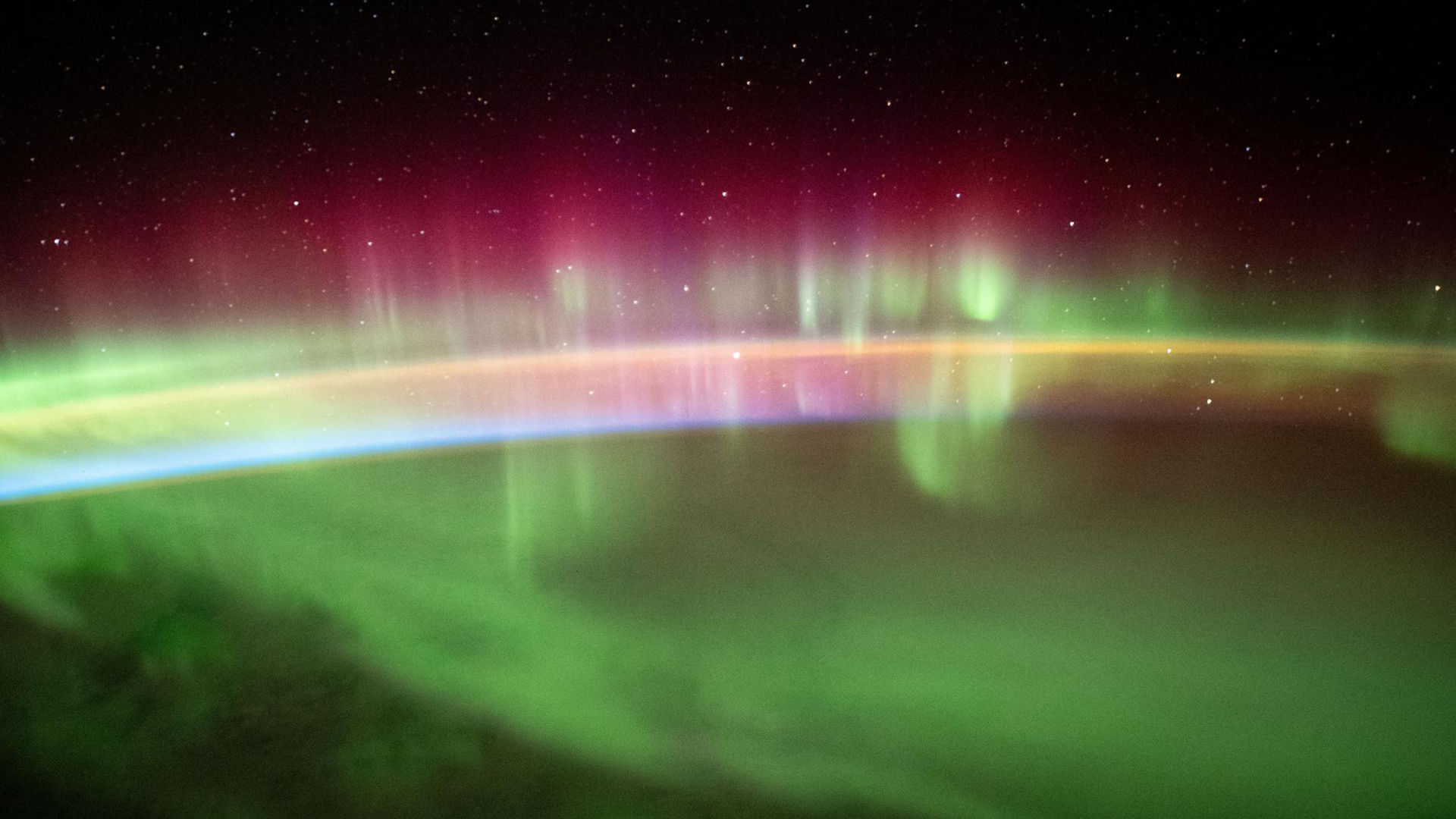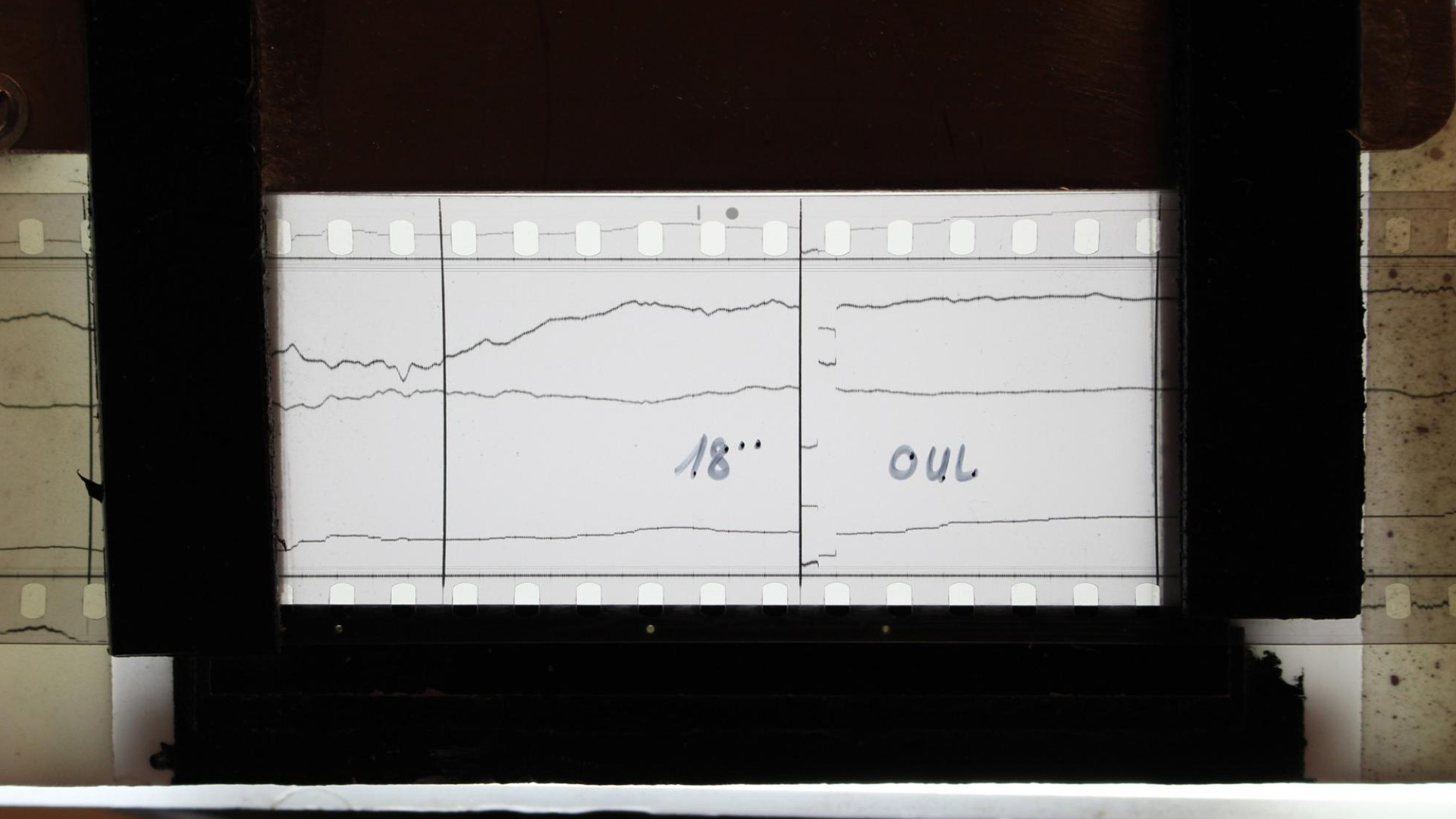
The strength of solar storms hitting Earth can vary dramatically over short distances, with places just a few dozen miles apart experiencing very different magnetic disruptions, new research finds.
This could mean that some areas are more vulnerable to large solar storms than previously appreciated, study co-author Eija Tanskanen, the director of the Sodankylä Geophysical Observatory (SGO) in Finland said in a statement. Today, most monitoring networks for solar storms have sensors that are spaced on average about 250 miles (400 kilometers) apart. But Tanskanen and her colleagues found that solar storm strength varies across much smaller ranges of around 62 miles (100 km).
"When such a solar storm hits, [a] too-sparse magnetometer network could lead to underestimation of local magnetic disturbances," Tanskanen said.
Solar storms happen when strong bursts of charged particles from the sun hit Earth's atmosphere. The atmosphere protects the planet's surface from most of these charged particles, though satellites in low-Earth orbit are in danger of electrical surges and damage. When storms are large enough, they can cause auroras to occur at lower latitudes than usual. In the worst cases, solar storms can disrupt power grids.
To study the nitty-gritty details of these impacts, researchers from SGO and Finland's University of Oulu looked back to 1977. In December of that year, a strong solar storm hit Earth and was recorded by 32 stations in the Scandinavian Magnetometer Array (SMA). This array of magnetic field sensors was denser than the monitoring networks that operate in the Nordic countries today, but it was never digitized — so all the data sat on feet of filmstrips.
For the new study, researchers photographed and digitized these records, and they discovered that the variations from station to station were extreme. In a strong solar storm, like the Carrington Event of 1859 that knocked out telegraph communications, there might be as much as 150 nanotesla variation in magnetic disruption over about 6 miles (10 km). (A nanotesla is a measure of strong magnetic fields.) In other words, one area might skate by with hardly any magnetic disturbance, while a spot a short drive away might experience several hundred times that strength.

The finding is an argument for adding more sensors to the network that measures changes in Earth's magnetic field, Tanskanen said.
"A denser magnetometer network would help [us] to understand the complex structure of the magnetic field during solar storms," she said. "We could provide local warning of solar storm movements, and better safeguard infrastructure vulnerable to magnetic disturbances."
The findings appeared Nov. 2 in the journal Scientific Reports.







